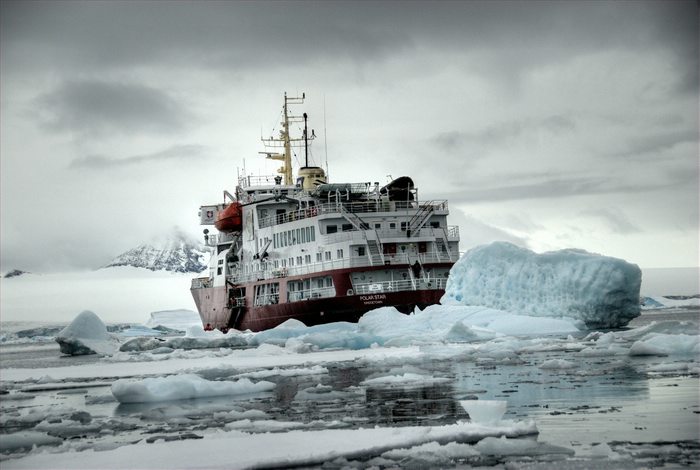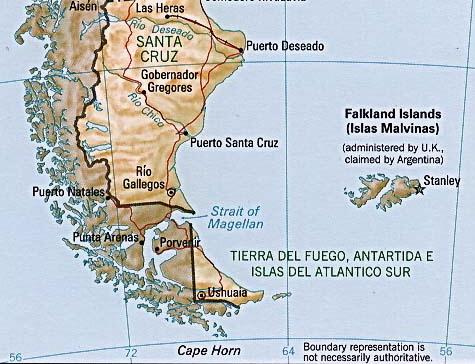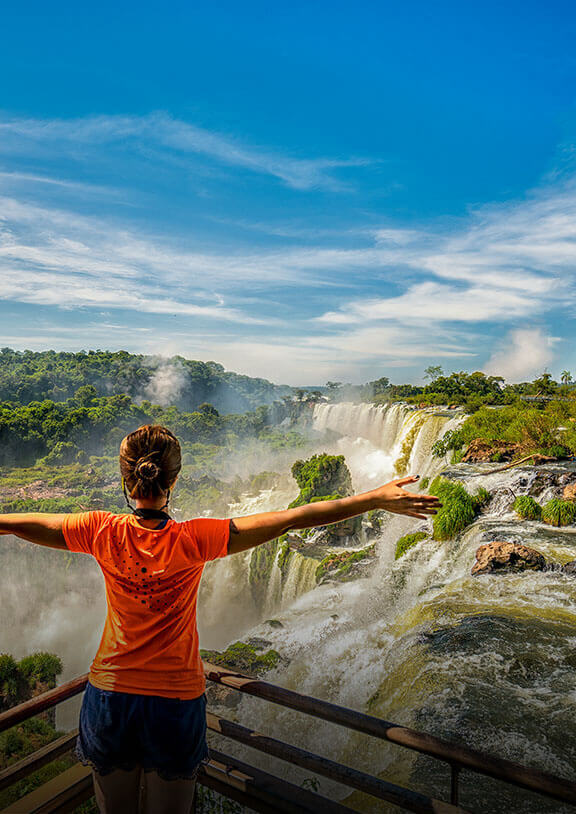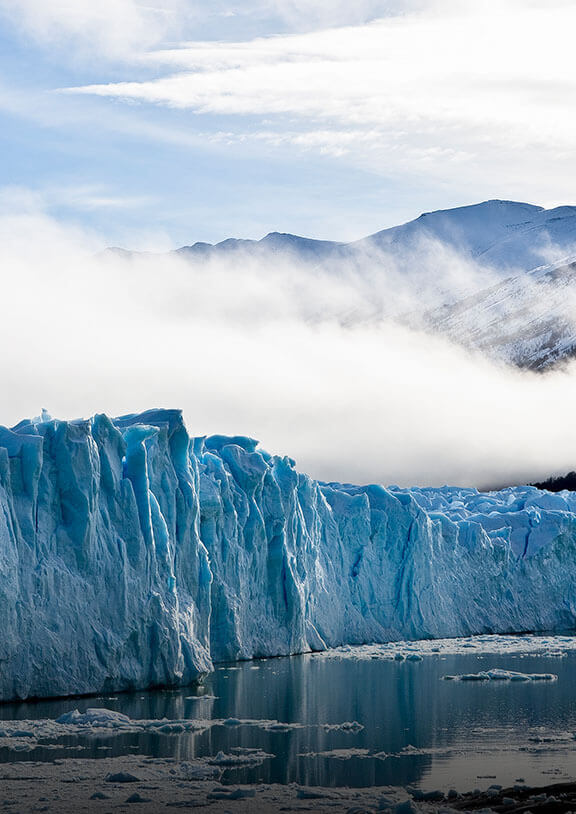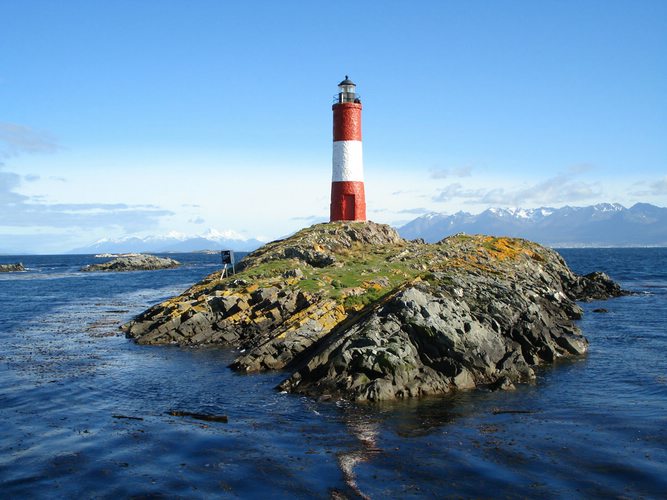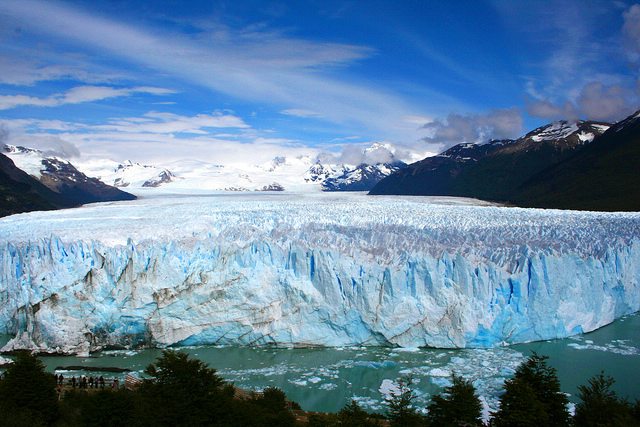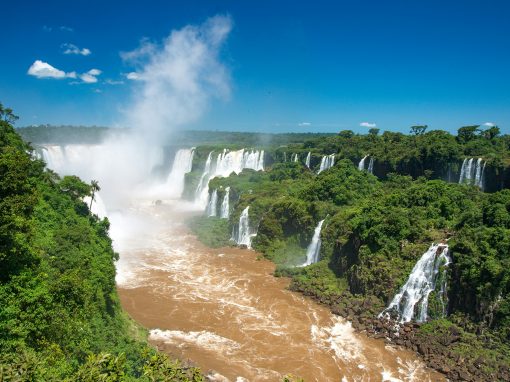LAFL travel expert, Anabel, shares a 200-year-old tale from one of history’s most intrepid travelers, Charles Darwin, as recorded in his book The Voyage of the Beagle. During his five-year journey on board the Beagle, he explored sections of Brazil, Argentina, Chile and Peru before going to the Galapagos Islands, where he would craft his theories on the evolution of species.
In the footsteps of Darwin in Argentina
From 1832 to 1834, HMS Beagle embarked on a hydrographic survey of South America’s southern coasts. Captain Robert FitzRoy was in charge of the expedition, and a 22-year-old Charles Darwin was on board as a naturalist. While FitzRoy mapped coasts and measured tides and currents, Darwin went on-land to collect fossils, bones, and samples of flora and fauna. Once completed, the expedition brought renown to both men, and its findings, in particular the later publication of Darwin’s On the Origin of Species, decisively impacted the course of scientific thinking on human evolution.
The names of some of Patagonia’s most iconic features remain as testaments to this historic expedition. Mount Fitz Roy, with its elegant rock spires and sheer granite faces, attracts mountain climbers and trekkers to its base, which is located next to the small town of El Chalten. The Beagle Channel in Ushuaia separates Isla Grande de Tierra del Fuego from smaller islands to the south, and is a popular route for cruise ships. Finally, Mount Darwin is the highest point in the Tierra del Fuego National Park at 8,640 feet (2,580 meters) and is part of the Cordillera Darwin, the southernmost extension of the Andes Mountains.
Like Darwin, modern adventurers on a Patagonia trip will find much to marvel at, and the expedition’s route provides a rough guide to some of the most spectacular destinations in this region, which include mountains, glaciers, lakes, and iceberg-studded waterways.
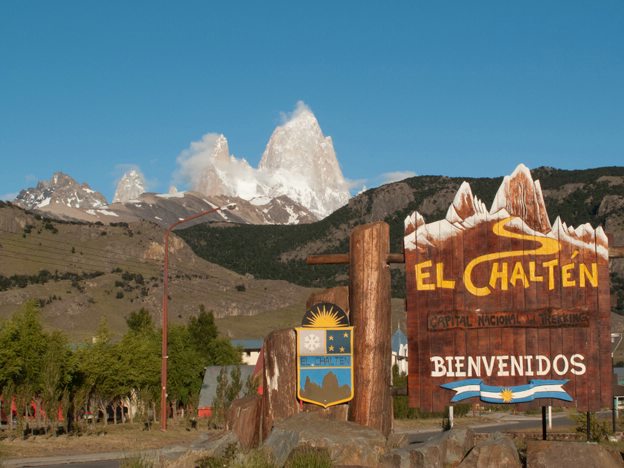
El Chalten, with the peaks of Mount Fitz Roy (also known as Cerro Chalten) rising above. Photo by Wade/ TrekWiki
On one land expedition, Darwin and FitzRoy attempted to find the headwaters of the Santa Cruz River, which empties into the Atlantic Ocean. Equipped with two smaller vessels, they battled upstream for several days, at some points dragging the boats alongside the river banks. With the Andes in view, but still at a far distance, FitzRoy decided to turn back, and the expedition members never reached their goal. Had they continued, they would have found the origin of the river at Lake Argentino, surrounded by the magnificent peaks of Mount Fitz Roy and Cerro Torre. In the present day, the towns of El Calafate and El Chalten have become launch points for visitors interested in trekking, mountain climbing, horseback riding, or visiting the nearby Perito Moreno Glacier.
The Beagle continued south to Tierra del Fuego and the surrounding archipelago. In the 1830s, this southernmost territory was inhabited by Yahgan aborigines, a nomadic hunter-gatherer people who had devised methods to survive in the harsh conditions of this extreme environment. Today, the modern-day city of Ushuaia serves as a launching point for travelers seeking outdoor adventures at the “end of the world”, be it trekking in the Tierra del Fuego National Park, skiing the slopes of Cerro Castor, or boarding cruises to Antarctica.
A Patagonia cruise is the best way to explore the Beagle Channel and the Tierra del Fuego archipelago. Following the path of HMS Beagle, cruises depart from Ushuaia and arrive in Punta Arena in Chile, but the route can also be done in reverse. Highlights of the voyage include Cape Horn, Wulaia Bay (where Yahgan communities still live), Glacier Alley, and the fabulous Marinelli Glacier. Cruises include frequent stops so that passengers can go on land and trek through pristine wilderness.
Plan your own expedition to the tip of the world
Contact one of our travel experts at Latin America For Less who can help you organize a fully customized Argentina vacation package.
Anabel has been exploring the length and width of South America since 2010. Ditching preconceptions, settling into the local pace, and embracing the unexpected are the tenets of her philosophy of travel – and life.

